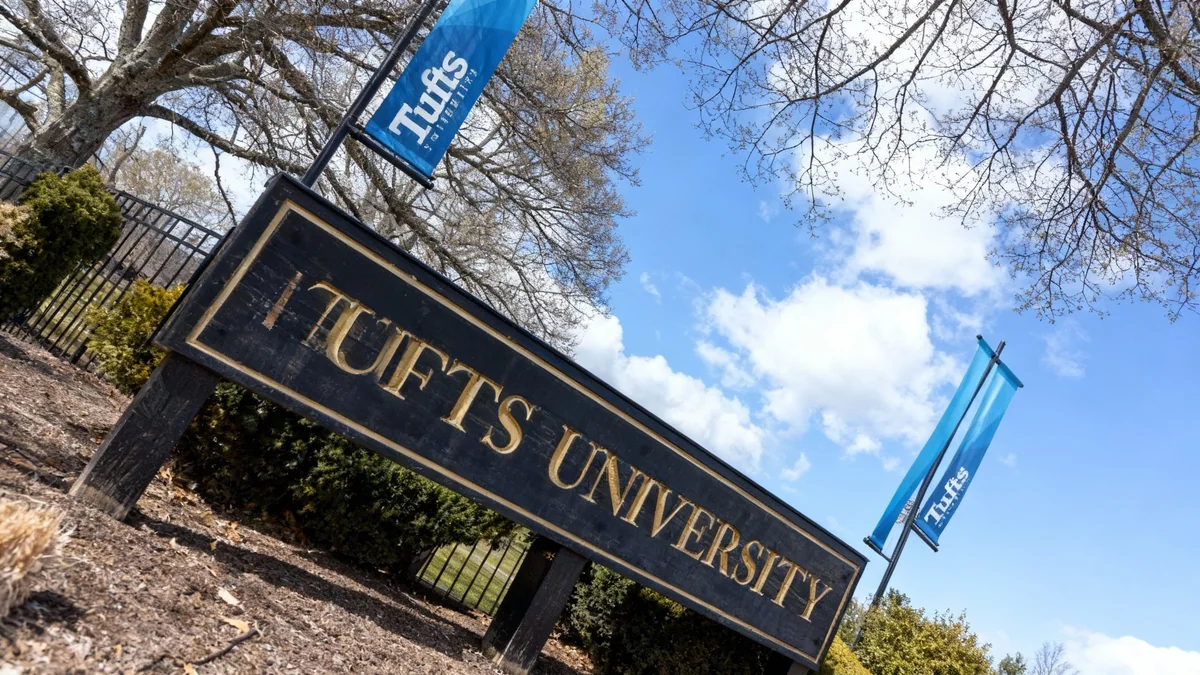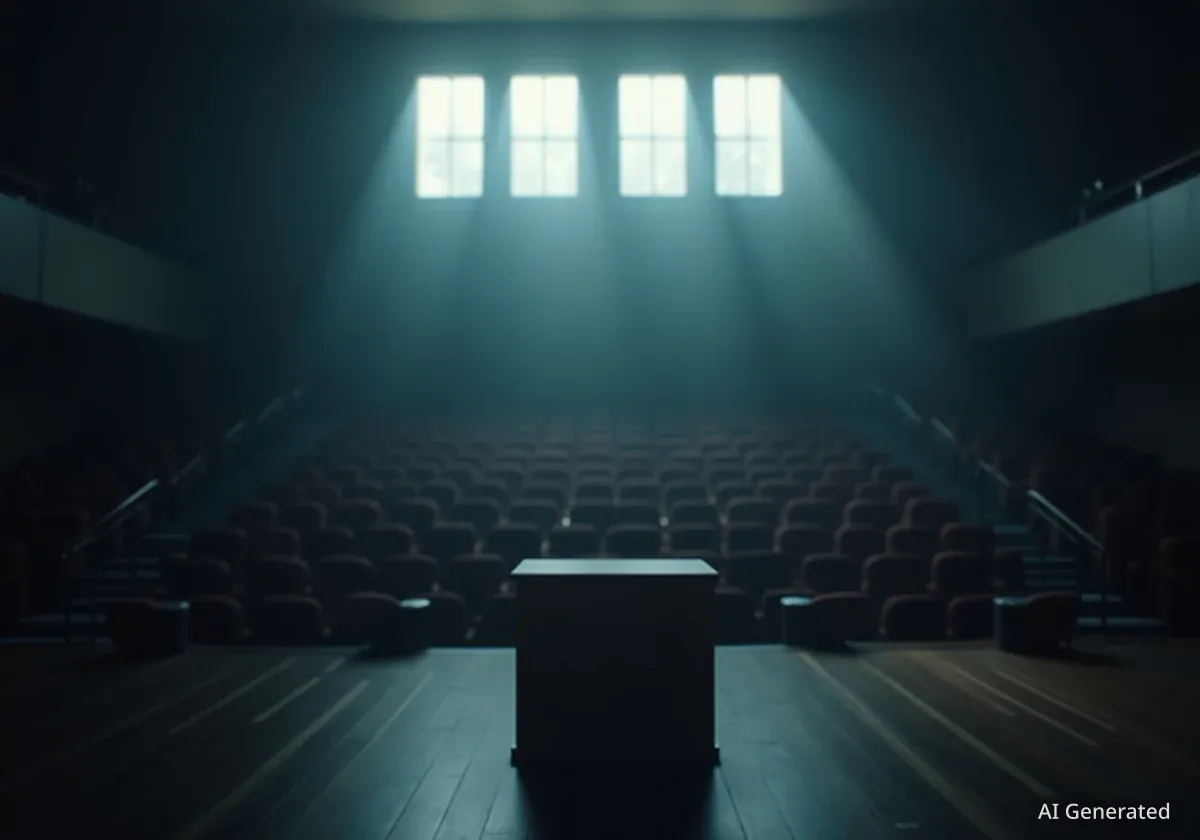A debate is intensifying within Ann Arbor Public Schools as a group of local parents and advocates is calling for a comprehensive, district-wide ban on student cellphones from the first bell to the last. This push comes even as the district has already begun implementing measures to limit phone use during class time, signaling a growing divide over how to manage student distractions.
The new proposal seeks to expand current policies, which focus on classroom hours, to cover the entire school day, including lunches and passing periods. The goal, advocates say, is to create a more focused and engaging learning environment free from the constant pull of digital devices.
Key Takeaways
- A coalition of Ann Arbor parents is advocating for a complete bell-to-bell cellphone ban across the school district.
- The proposal would extend current restrictions, which primarily target phone use during instructional time.
- The district has already piloted classroom-based solutions, such as phone storage pouches at Skyline High School.
- Advocates argue a full-day ban is necessary to fully address student distraction and improve social interaction.
The Push for a Stricter Policy
While Ann Arbor Public Schools officials have been transparent about their efforts to reduce in-school distractions, some community members believe the current approach is insufficient. A growing movement of parents is now publicly encouraging the district to adopt a more stringent policy that would require students to put away their mobile devices for the entire duration of the school day.
This proposed "bell-to-bell" ban would eliminate cellphone use not just in classrooms but also in hallways, cafeterias, and during breaks. The argument from supporters is that this creates a consistent, distraction-free environment that fosters better academic focus and encourages more face-to-face social interaction among students.
Current District Measures
Ann Arbor Public Schools has not been idle on the issue. The district has acknowledged the challenges posed by cellphones and has taken steps to address them. One notable initiative was a pilot program at Skyline High School for the 2024-25 school year. In participating classrooms, students were required to place their phones in designated pocket holders upon entering, ensuring the devices were out of sight and out of reach during lessons. District officials have pointed to such measures as evidence of their commitment to creating a focused learning atmosphere.
From Classroom Limits to a Full-Day Ban
The core of the current debate lies in the scope of the restrictions. The district's existing and piloted policies have primarily centered on academic time. However, advocates for a stricter ban argue that the negative effects of constant connectivity extend beyond the classroom door.
They contend that allowing phone access during lunch or between classes can lead to social media conflicts, cyberbullying, and a general disengagement from the school community. A full-day ban, they suggest, would reset the social environment and help students develop crucial interpersonal skills without the filter of a screen.
This push reflects a broader national conversation among educators and parents about the role of technology in schools. Districts across the country are grappling with similar questions, weighing the benefits of digital access against the well-documented downsides of distraction and social pressure.
The National Trend
School districts nationwide are re-evaluating their cellphone policies. According to recent education surveys, a significant number of schools that have implemented stricter, full-day bans report improvements in student engagement, a decrease in disciplinary incidents related to social media, and a more positive school climate.
Next Steps and Community Dialogue
The campaign by Ann Arbor parents represents a significant new chapter in the district's ongoing efforts to manage technology. It moves the conversation from a teacher-led, classroom-by-classroom approach to a call for a unified, district-wide standard.
School officials have previously stated their intention to address distractions, but it remains to be seen how they will respond to this specific call for a more comprehensive ban. The proposal will likely require further discussion at the school board level, involving input from teachers, administrators, students, and the wider parent community.
The outcome of this debate in Ann Arbor could set a precedent for other districts in Michigan facing similar challenges. As schools continue to navigate the complexities of the digital age, the line between connected learning and constant distraction remains a critical issue for educators and families alike.





